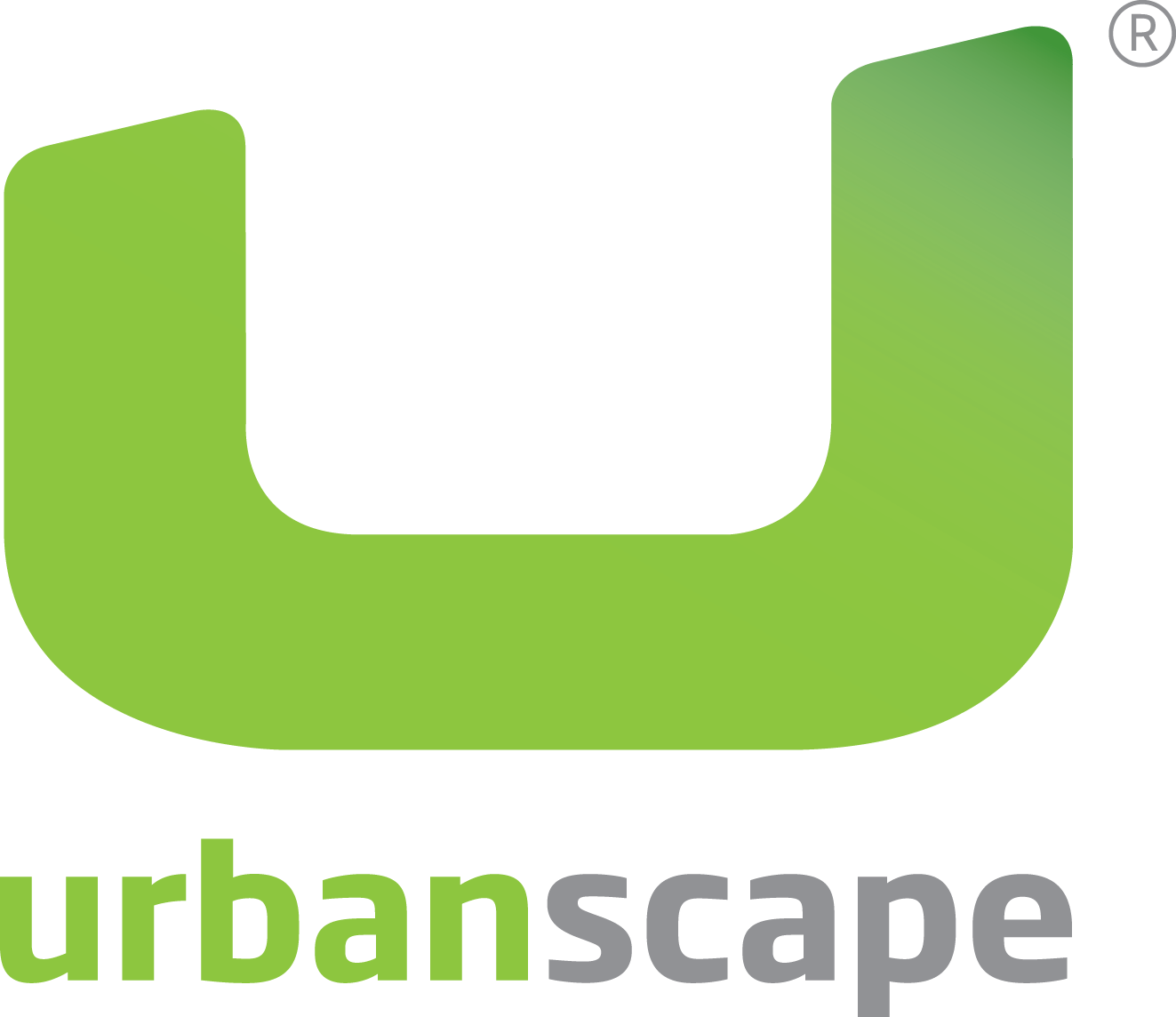Rainwater harvesting represents an alternative water supply that captures and stores rainwater for later use. The harvesting of rainwater is as simple as collecting water from surfaces on which rain falls, and subsequently storing this water for later use. Normally, water is collected from building roofs and stored in dedicated water tanks.
Green roof technology is improving all the time. The goal is to keep the water clean, in some cases probably cleaner than from some traditional roof schemes. Naturally it is necessary to observe the stability characteristics of the sub-structure, the membranes, and the related maintenance requirements.
Rainwater captured from green roofs is usually used for flushing toilets, irrigation, and for other non-potable purposes.
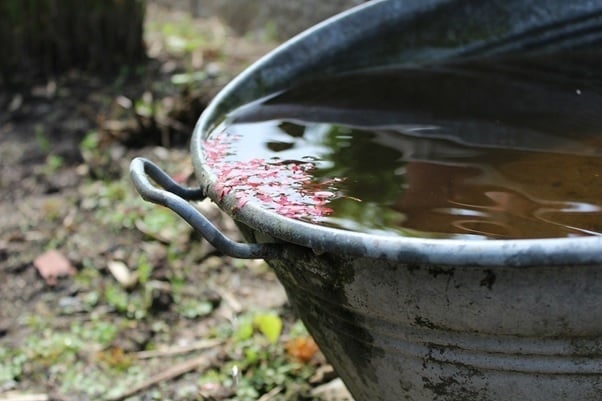
Why (green roof) rainwater harvesting
1) Conserves valuable water resources, especially in drought stricken areas
2) Reduces dependence on and cost of municipal water services
3) Reduces residential taxes like storm-water management fees
4) Alternative to groundwater in areas with high total dissolved solids (TDS) or contaminated aquifers
5) Alternative to softening water
6) Allows for recharging of groundwater resources
Possible re-use scenarios
1) Irrigation and watering
2) Non-potable uses, including toilet flushing and clothes washing
3) Potable uses, such as drinking, cooking, and bathing
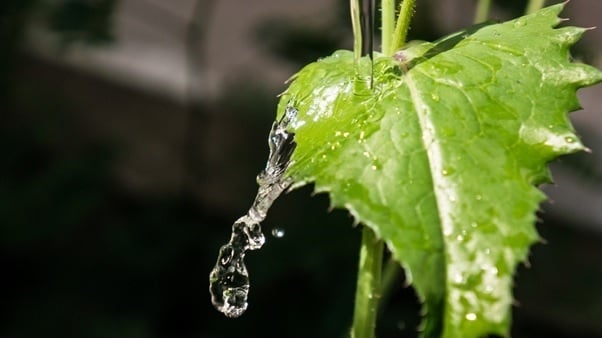
Cleaning steps of rainwater from green roofs
Primary filtration (four cleaning steps)
1. Primary Filter: Rainwater flows from the roof to the filter. Here dirt particles and debris are separated from the water. Many different working principles and connection types allow for use in many different installation situations, with the advantage of very low maintenance.
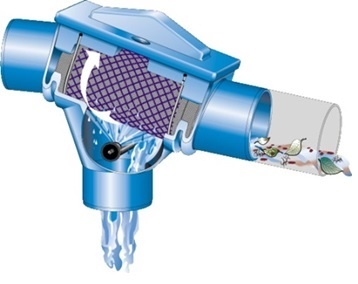
Photo 3: Primary filter
2. Calmed inlet: Any finer residual particles settle to the bottom of the water tank. The inlet prevents any disturbance of this sedimentation layer. At the same time the inlet ensures that oxygenated water is delivered to the lower levels of the water stored in the tank.
3. Overflow siphon: Any particles lighter than water (e.g. flower pollen) float slowly to the water surface. The expertly designed Overflow Siphon, with its skimmer effect, removes this floating layer.
4. Floating pump intake: The pump intake floats just below the water surface, where the cleanest water is. From this position the water is extracted by the pump.
Secondary filtration
The secondary filtration system is always determined according to purpose of use.
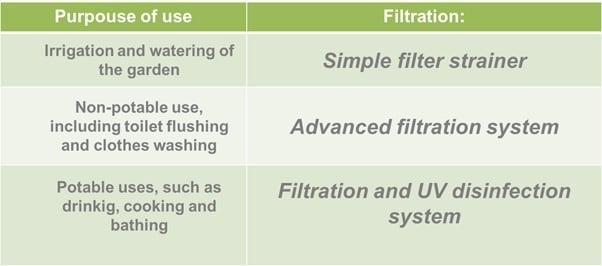
Multistage filtration system
1. Washable filter: Because it is washable and employs a special PP membrane it protects the second stage of the filter.
2. MicroTech depth filtration cartridge: Removes particles larger than 20 microns.
3. Bacteriostatic cleaning cartridge: Removes odours and organic contaminants.
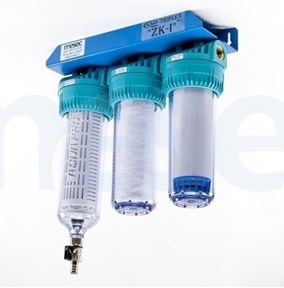
Photo 4: Multistage filtering system
Multistage filtration and UV disinfection system
1. Washable filter: Because it is washable and employs a special PP membrane it protects the second stage of the filter.
2. MicroTech Depth filtration cartridge: Removes particles larger than 5 microns - (necessary for UV disinfection).
3. Bacteriostatic cleaning cartridge: Removes odours and organic contaminants.
4. Certified UV disinfection system
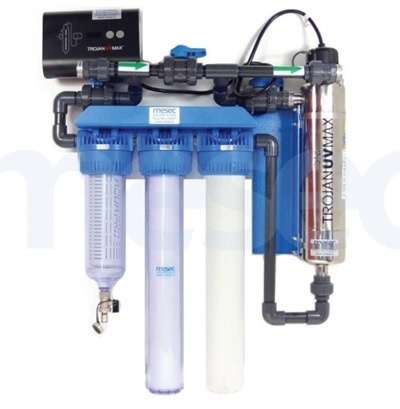
Photo 5: Multistage filtration and UV disinfection system
Water use, by type, for countries’ main income groups
Industrial use of water increases with country income, rising from 10% for low- and middle- income countries to 59% for high-income countries.
 Source: “Water for People, Water for Life,” United Nations World Water Development Report, UNESCO, 2003.
Source: “Water for People, Water for Life,” United Nations World Water Development Report, UNESCO, 2003.Collecting rainwater from roofs for reuse can be an environmentally preferable and potentially economical approach to providing part of your facility’s water needs. More and more cities are enacting legislation and implementing policies aimed at reducing stormwater runoff, which volumes are enormous and present a threat to our waterways and ecosystems.
Green roof systems are one of the best ways to manage stormwater runoff by reducing and delaying. By using green roofs as rainwater capture areas, the amount of collected water for reuse will be reduced already due to the absorbed amount of water in the system itself. For more information on green roofs and its stormwater management read our blog "Management of rainwater with green roofs".
Did we get your attention? Are you thinking of implementing a green roof to your premises? Download our Urbanscape Green Roof System brochure or check Urbanscape BIM designs below.
